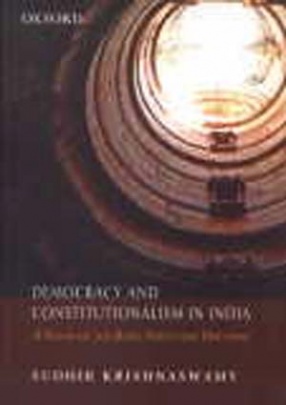The basic structure doctrine was articulated by the Indian Supreme Court in 1973 in one of its most famous decisions–Kesavananda Bharati v. State of Kerala. It placed substantive limits on the amending power of the executive arm of the state. Subsequently the case has been applied to other forms of state action. The doctrine was at the time of its birth, and remains even today, much discussed and contested. Krishnaswamy presents a completely reconfigured understanding of the judicial role in Indian constitutional law. He lucidly and critically examines the significance and status of the basic structure doctrine today. He tackles head-on the question whether basic structure review is an appropriate exercise of judicial power or an abuse of it. He argues that much of the criticism against the doctrine emerges from a failure to adequately map the contours of constitutional judicial review. This book assesses the legitimacy of basic structure review under three categories–legal, moral and sociological. It critiques the views of major scholars including Seervai, Sathe, Austin, and Baxi. It also analyses the post-Kesavananda Bharati cases and studies how the scope of the basic structure doctrine has been expanded by the court. This major new work will interest students and scholars of Indian constitutional law, jurisprudence and political theory, judges and legal practitioners, as well as anyone interested in law and governance in contemporary India.
Democracy and Constitutionalism in India: A Study of the Basic Structure Doctrine
In stock
Free & Quick Delivery Worldwide
reviews
Bibliographic information
Title
Democracy and Constitutionalism in India: A Study of the Basic Structure Doctrine
Author
Edition
Ist ed.
Publisher
Oxford University Press, 2009
ISBN
195693795
Length
xxxiv+244 p.
Subjects





There are no reviews yet.